Poultry farming is known for its highly organized, strengthened, and technical livestock production system. Egg and broiler production provides a high demand for food consumed by human beings every year. Efficient and nutritious food production is needed to grow the human population.
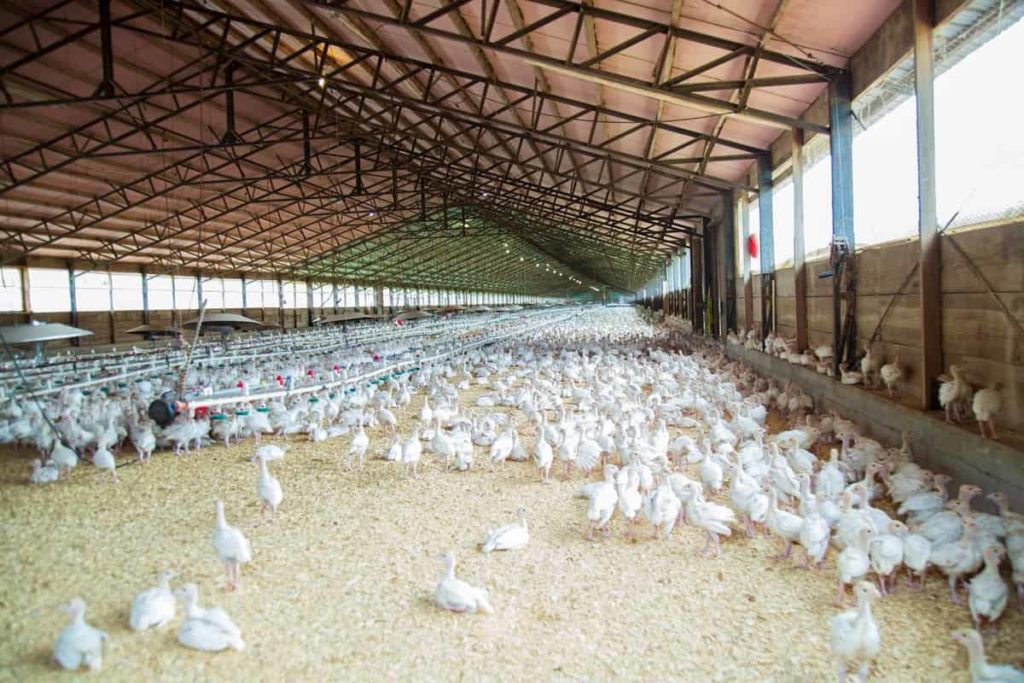
It is a form of animal husbandry that raises poultry birds (like chickens, ducks, turkeys, and geese) to produce meat or eggs. In Mexico, poultry, primarily chickens, is farmed in large numbers. Mexico ranks sixth in the world in broiler chicken production. In addition, Mexico is one of the top egg producers globally. Let’s check out more information about Poultry farming in Mexico.
Importance of Poultry farming in Mexico
Poultry farming in Mexico creates more than 1 million direct and indirect jobs and contributes mainly to the livestock GDP. Also, the poultry sector is one of the industries that generate the most income for rural workers and small and medium-scale producers. Eggs are an easily accessible food source economically and logistically. On the other hand, egg production is the economy’s engine in a country like Mexico, with many small and medium-sized producers dedicated to the livestock sector.
It is estimated that the industry has grown by almost 150% in recent decades. Thanks to its rapid growth rate, excellent food conversion rate, and high nutritional value, the broiler is one of the most productive animals. Also, meat emits the least greenhouse gases and produces the least pollution. Consumption of poultry products and eggs is increasing as the cheapest source of animal protein.
Imports of poultry and turkey meat bridge the gap between production and demand. In particular, Turkey remains the main imported product. Demand for imported poultry products, such as mechanically processed meat, remains high. Poultry farms require a lot of input to maintain high yields. This information relates to facilities, equipment, food, vaccination equipment, transportation, etc. In addition to large-scale commercial production, important backyard poultry farming is seen throughout Mexico, mainly in poor rural communities.
In case you missed it: Equipment Needed for Poultry Farming: Tools, and PDF.
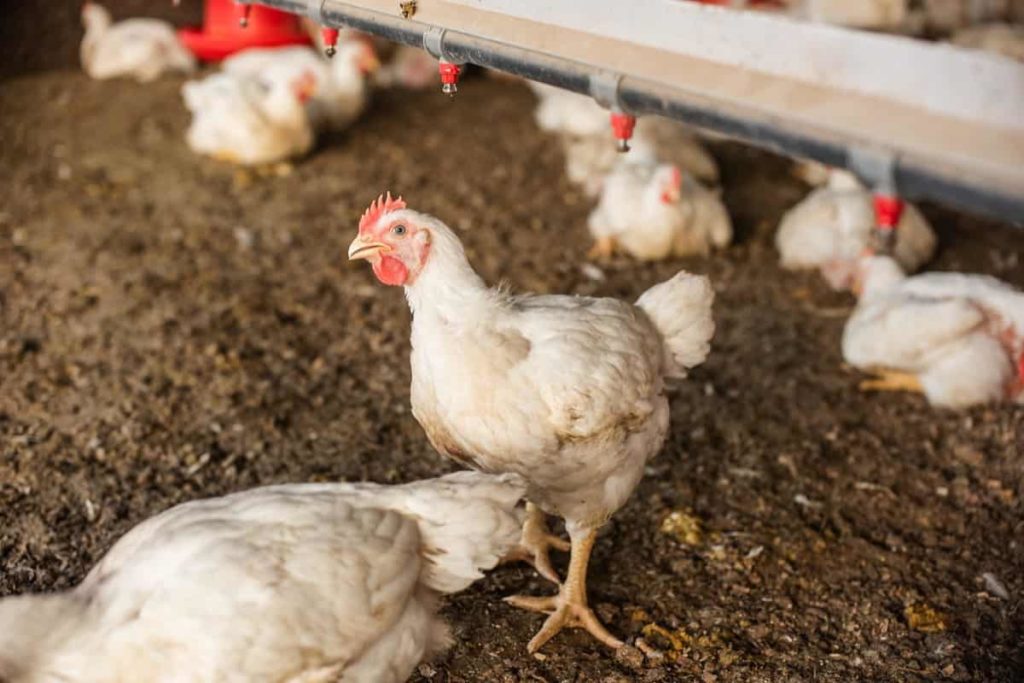
Furthermore, as mentioned earlier, double use of layered chicken for eggs and then meat (traditionally used in soups/broths) is standard. While chicken production is widespread throughout Mexico, Veracruz, Queretaro, Jalisco, and Aguascalientes are the top producing states.
Poultry production in Mexico
The poultry sector in Mexico is the number one producer of meat products, chicken, mainly in 14 states. Chicken meat accounts for 92% of total poultry production. In Mexico, Turkey meat production is produced primarily in Chihuahua (25%) and Yucatan (21%). Both states make up about 46 percent of Mexico’s total turkey meat production. Despite the economic crisis, consumers are becoming more health-conscious and changing diets to include light and healthy food choices, including more poultry products.
Poultry farming has become the most active livestock activity and profitable business in Mexico. It represents approximately 64.3% of Mexico’s livestock production. It is estimated that for every 10 kg of animal protein, 6 kg is equivalent to poultry products like chicken, eggs, or turkey. The poultry sector in Mexico continues to grow, despite concerns over avian influenza. Growth is bolstered by vertical integration, imported genetics, and other industrial investments boost growth. Chicken and turkey meat production is widespread throughout Mexico; egg production is concentrated in Jalisco.
The poultry sector is the primary consumer of feed grains in Mexico. According to the Mexican Association of Feed Producers (AMEPA) and the National Council of Producers of Balanced Feed and Animal Nutrition (CONAFAB), about half of the animal feed goes to poultry and poultry. Thus, domestic production of cereals does not support substantial growth in the poultry sector, and the industry relies heavily on imported cereals such as yellow corn, oilseeds, sorghum, and other foods and inputs such as distillers dried grains.
As one of Mexico’s most affordable and preferred animal proteins, consumers (especially low- and middle-income ones) continue to demand large quantities of chicken meat. As a result, while Mexico’s gross domestic product (GDP) is declining, agricultural GDP is growing, and the Mexican poultry sector has a chance to expand.
In case you missed it: Poultry Farm Insurance in India, Companies, Policy, and Premium
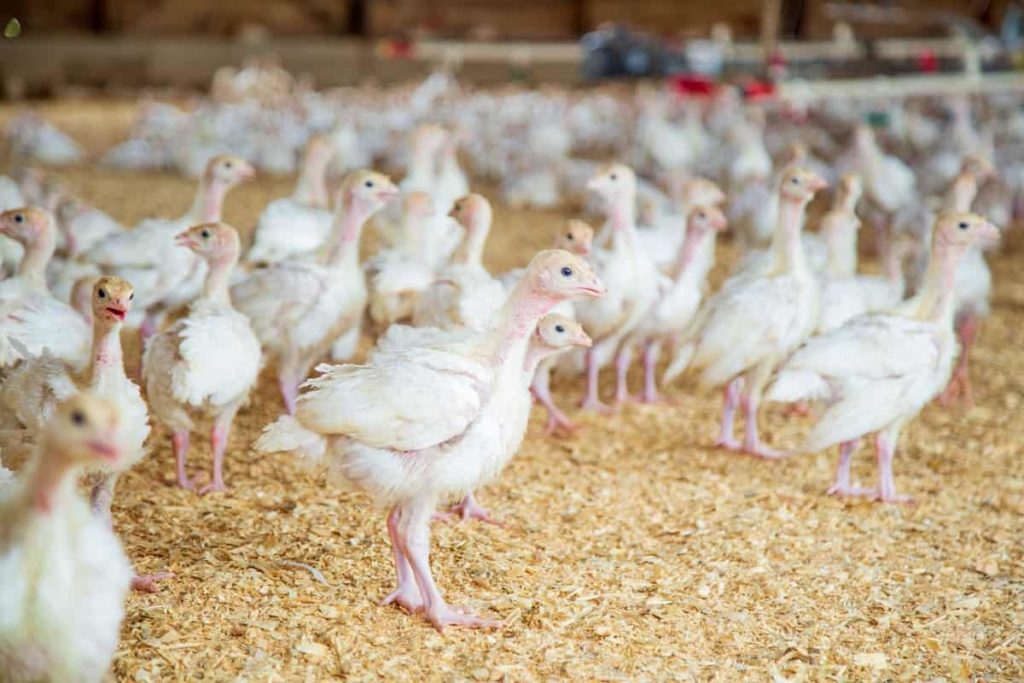
Firstly, determine the poultry production type of your farm. For example, you can raise broiler chicken breeds for meat production, and you can choose layers if you want to produce eggs commercially. You can also start your poultry farm to sell poultry products and breeding stock directly to your local customers. Determine your production goal, and select the appropriate poultry breed according to your desired production.
Mexican consumers will enjoy chicken, turkey, and egg products at competitive prices. In addition, the chicken will be the largest meat grown in Mexico. Mexico’s poultry sector produces a wide variety of broiler chickens for meat production, including small broilers for rotisserie restaurants, chicken for processing in poultry parts, processed meats or cooked products, and whole Includes chickens. Depending on the weight of the market, each type of production cycle lasts between 8 and 12 weeks.
Shelter for Poultry birds
Poultry birds need to be maintained with proper housing and strict hygiene. A good and clean environment should be provided with adequate ventilation. The field should be free from disease and pests. Layers need regular temperature. Poultry sheds should always be built according to scientific standards.
If you have poured the chickens in the wrong direction and the wrong way, all the money will be wasted, and the chickens will not be able to produce as much as they can afford. Use good quality shed link chain to protect poultry birds from wild animals, dogs, cats, etc. Arrange coolers, fans, fogs, etc., to keep the shed warm in winter and cool in summer. Make the shed a little higher so that rainwater does not get inside the shed.
Breed selection
For starting a successful poultry farm, choosing the right breed is essential. Both high-quality domestic and imported poultry breeds are available. First, you can select a species based on the equipment you want to produce; advanced hens are best for making eggs. If you want to prepare meat, broiler poultry will be chosen. Next, you can determine which product is most in-demand in your area and choose the breed accordingly.
In case you missed it: Top 50 Poultry Farming Tips, Ideas, and Techniques
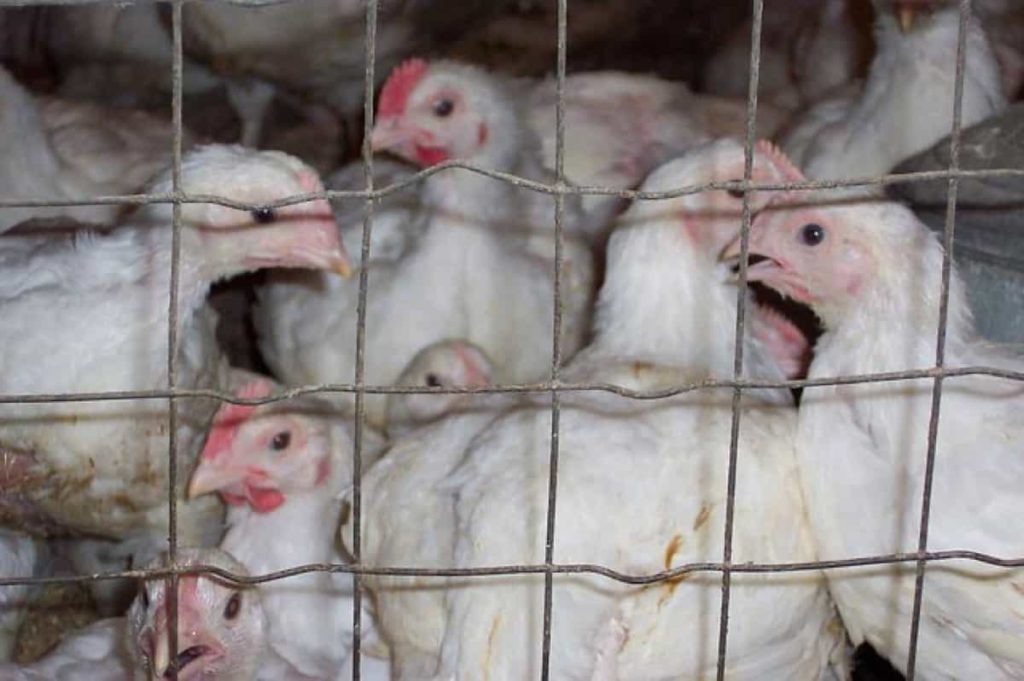
Housing for poultry farming
The coops or shelters you keep the poultry birds in are wide enough for them to run freely. The shelter has a good ventilation design to enable better poultry bird development. If your poultry farm has many birds, building several shelters with enough space between each house is advisable. Make sure the poultry bird shelter is away from direct sunlight and rainwater. Poultry bird’s shelters need to be cleaned regularly, and a good drainage system in the shelter will help in better cleaning.
Broiler production in Mexico
Broiler production is concentrated in five states. The states of Mexico that produced the most broiler chickens were Jalisco, Veracruz, Queretaro, Aguascalientes, Durango. Other states that produce significant quantities of broiler chicken in Mexico are Estado de México, Nuevo León, Morelos, Hidalgo, Puebla, Chiapas, Guanajuato, Yucatán, Sinaloa, and Nayarit. After all, Mexico is the sixth largest broiler chicken producer in the world.
Feeding
Commercial poultry feeding is an advanced science that ensures maximum growth and fat production energy. High-quality and balanced protein sources produce maximum organ, skin, and feather growth. In addition, bones and eggs make essential minerals. About 3 to 4 percent of living poultry birds contain minerals, and 10 percent have eggs.
Improving commercial poultry rations
Small pellets, sometimes called mini-pellets, seem to be eaten better by started and adult birds than by food or crumble-type rations. Pelleting has also reduced feed waste for us as birds often eat pellets thrown or scraped from the feeder after a day. Unmedicated baby chicken starter feeds are now more widely available than a few years ago. In addition, many people have certain levels of the Amprolin product used to control coccidiosis.
This product is said not to harm the baby waterfowl. Follow the letter feeding instructions. Don’t make sudden changes to ration types of sources. Gradually get these changes over three to five days. Many poultry rations are now made entirely from vegetable ingredients which can add to the cost. Even foods with high levels of raw protein can be challenging to obtain. Some producers will also provide extra vitamin and mineral supplements when feeding with these products.
In case you missed it: Azolla as Livestock Feed (Animals/Poultry/Fish)
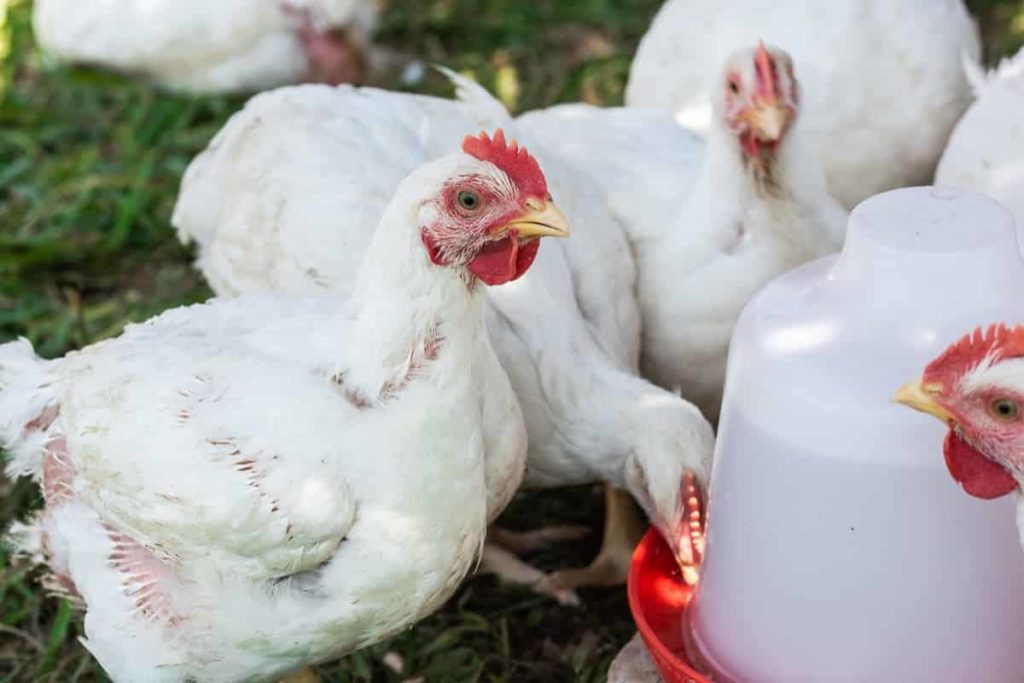
Add vitamin/electrolyte products to the bird’s drinking water during times of stress or change. Birds will drink when sometimes they will not eat. Most feedstuffs are designed to feed birds of a certain age for young birds. Follow these recommendations and possibly increase them for the birds that come out at the end of the season. Commercially available feedstuffs from a company working to stay in the field are a good base for starting a program to feed the inherited breed. In addition, there are supplementation measures and unique products that individuals can use to enhance their birds’ performance further.
Importance of Corn in poultry farming business in Mexico
In recent years, corn consumption has increased by 31% as demand from the livestock sector stimulated this growth. This increase in demand has boosted domestic corn production and maintained the number of imports to meet the demand for this raw material. In Mexico, for example, millet, another essential raw material, has enough domestic production to meet the national need for poultry.
Backyard poultry farming in Mexico
Most backyard poultry farming in Mexico produces indigenous birds with poor production performance. In terms of egg production, the capacity of native birds is only 70 to 80 eggs/birds/year, and meat production is also very low. It involves less investment and higher economic returns. The meat and eggs of such poultry are cheap and rich protein sources. Backyard poultry production system is a low-input business.
It features a local night shelter system, scavenging system, low productivity of birds, natural hatching of baby chickens, with very little extra food, local marketing, and health care. There is no maintenance exercise. Poultry development plays an essential role in increasing the production of eggs and chicken meat. Having poultry in the backyard is very profitable because the investment is very low.
In rural Mexico, backyard poultry farming is an important activity. It is used in the backyard using birds such as Creole chickens (Gallus gallus L.) and turkeys (Meleagris gallopavo L.). However, there is little information about this production system due to the lack of registries related to production indicators. Therefore, it is classified as an activity to support the family economy.
Egg production in Mexico
Mexico is the world’s largest consumer of table eggs, with a per capita consumption of 28 kilograms per year, equivalent to about one egg per day. Mexico ranks fourth in world egg production with approximately 127.4 million cartons (350 units per carton). It ranks after China, the United States, and India. However, Mexico is ahead of countries like Brazil and Russia.
In case you missed it: Poultry Litter Management – a Full Guide
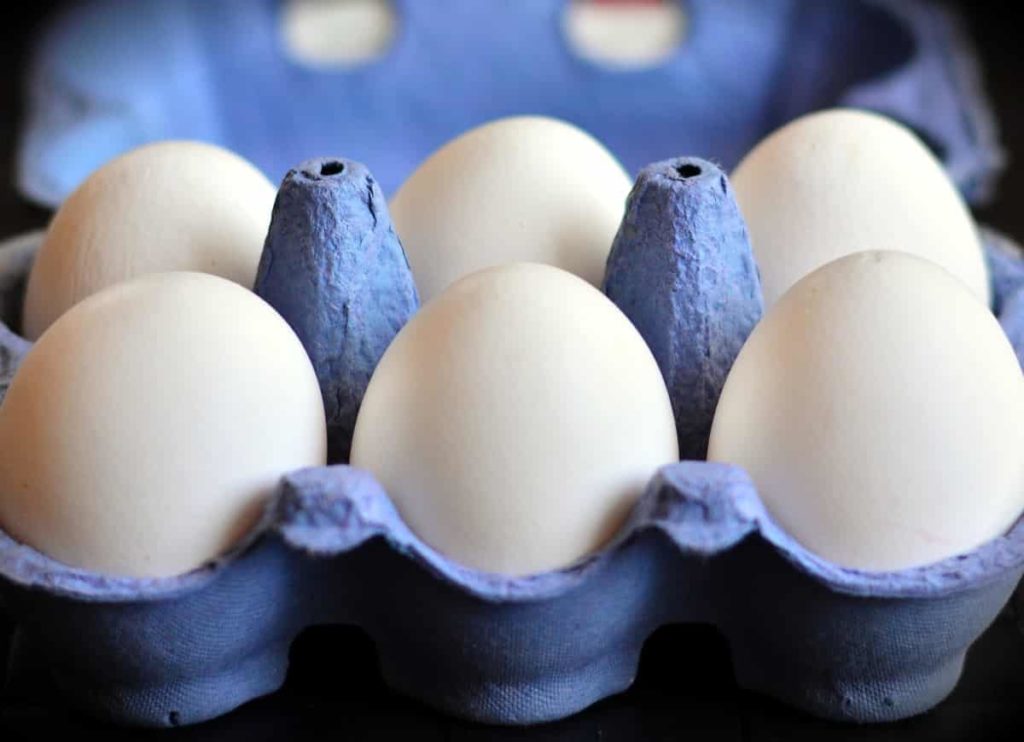
Disease management
Disease-free conditions are essential for successful poultry farming. Unfortunately, birds suffer from some diseases. The disease can be caused by various forms of infection from viruses, bacteria, fungi, and other agents, or even a lack of food or nutrition. Therefore, regular and proper cleaning, hygiene, pesticides, and disinfectants should be sprayed to keep the surroundings clean, tidy, and free from germs. At the same time, all domestic birds are vaccinated to control the disease and increase the number of backyard birds.
A dirty environment on a poultry farm will invite many diseases and infections. In addition, poultry is susceptible to climate change. If poultry farms are not properly cared for, birds will quickly be exposed to various bacteria. Therefore, you need to keep your poultry farm as clean as possible. An automatic manure cleaning system, disinfectant fogging machine, and ventilation system can help you. You should not bring any contaminated goods, shoes, or even vehicles. Also, do not allow anyone to enter your poultry farm environment.
Infection control is the best form of farm control, which can be achieved by purchasing birds from hygiene, sanitation, strict biosecurity, and disease-free sources. Prevention and control rely heavily on disease prevention methods, including disease-free flocks, rigorous farm hygiene practices, and clean food and water supply.
Vaccination
Vaccination is usually done using a biological preparation that helps prevent the spread of the infection. Vaccination plays a vital role in managing the health of a flock of poultry. A vaccine helps boost the poultry bird’s immune system and prevent disease. Vaccinate your farm from time to time and follow the company’s schedule selling baby chickens.
- How to Make Houseplants Bushy: Effective Tips and Ideas
- Innovative Strategies for Boosting Coconut Pollination and Yield
- Pollination Strategies for Maximum Pumpkin Yield
- The Complete Guide to Chicken Fattening: Strategies for Maximum Growth
- Natural Solutions for Tulip Problems: 100% Effective Remedies for Leaf and Bulb-Related Issues
- Revolutionizing Citrus Preservation: Towards a Healthier, Greener Future
- Natural Solutions for Peony Leaf and Flower Problems: 100% Effective Remedies
- Maximizing Profits with Avocado Contract Farming in India: A Comprehensive Guide
- Natural Solutions for Hydrangea Problems: 100% Effective Remedies for Leaf and Flowers
- The Ultimate Guide to Choosing the Perfect Foliage Friend: Bringing Life Indoors
- From Sunlight to Sustainability: 15 Ways to Use Solar Technology in Agriculture
- The Ultimate Guide to Dong Tao Chicken: Exploring from History to Raising
- The Eco-Friendly Makeover: How to Convert Your Unused Swimming Pool into a Fish Pond
- Mastering the Art of Delaware Chicken Farming: Essentials for Healthy Backyard Flocks
- 20 Best Homemade Fertilizers for Money Plant: DIY Recipes and Application Methods
- How to Craft a Comprehensive Free-Range Chicken Farming Business Plan
- Brighten Your Flock: Raising Easter Egger Chickens for Beauty and Bounty
- How to Optimize Your Poultry Egg Farm Business Plan with These Strategies
- Subsidy for Spirulina Cultivation: How Indian Government Schemes Encouraging Spirulina Farmers
- Ultimate Guide to Raising Dominique Chickens: Breeding, Feeding, Egg-Production, and Care
- Mastering the Art of Raising Jersey Giant Chickens: Care, Feeding, and More
- Ultimate Guide to Raising Legbar Chickens: Breeding, Farming Practices, Diet, Egg-Production
- How to Raise Welsummer Chickens: A Comprehensive Guide for Beginners
- How to Protect Indoor Plants in Winter: A Comprehensive Guide
- Ultimate Guide to Grow Bag Gardening: Tips, Tricks, and Planting Ideas for Urban Gardeners
- Guide to Lotus Cultivation: How to Propagate, Plant, Grow, Care, Cost, and Profit
- Agriculture Drone Subsidy Scheme: Government Kisan Subsidy, License, and How to Apply Online
- Ultimate Guide to Raising Araucana Chickens: Breed Profile, Farming Economics, Diet, and Care
- Bringing Hydroponics to Classroom: Importance, Benefits of Learning for School Students
- Ultimate Guide to Raising Polish Chickens: Breed Profile, Farming Economics, Diet, and Care
- Ultimate Guide to Raising Australorp Chickens: Profile, Farming Economics, Egg Production, Diet, and Care
- Silkie Chicken Farming: Raising Practices, Varieties, Egg Production, Diet, and Care
- Sussex Chicken Farming: Raising Practices, Varieties, Egg Production, Diet and Care
- Homemade Feed Formulations for Livestock: Discover Cost-effective Starter to Finisher Feed Recipes
- 20 Best Pig Weight Gain Supplements: Top Swine Weight Gain Formulas
- Ultimate Guide to Elderberry Farming: Propagation, Planting, Yield, Cost, and Profit